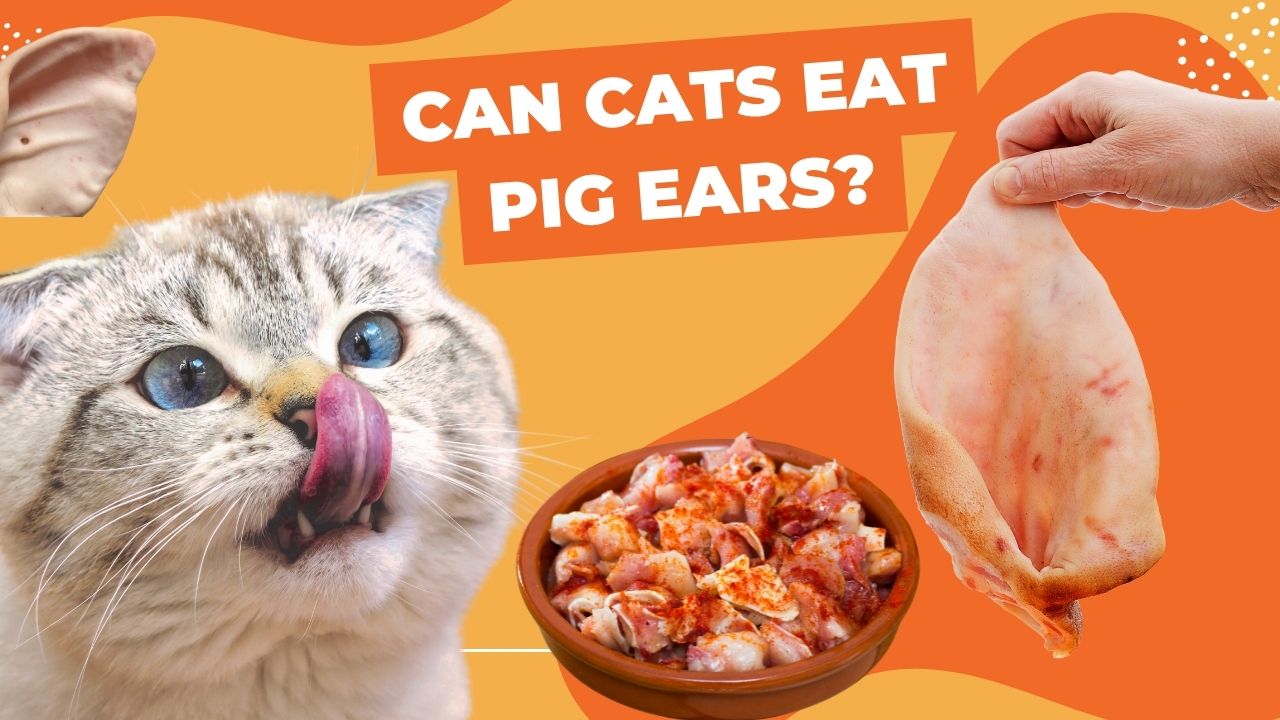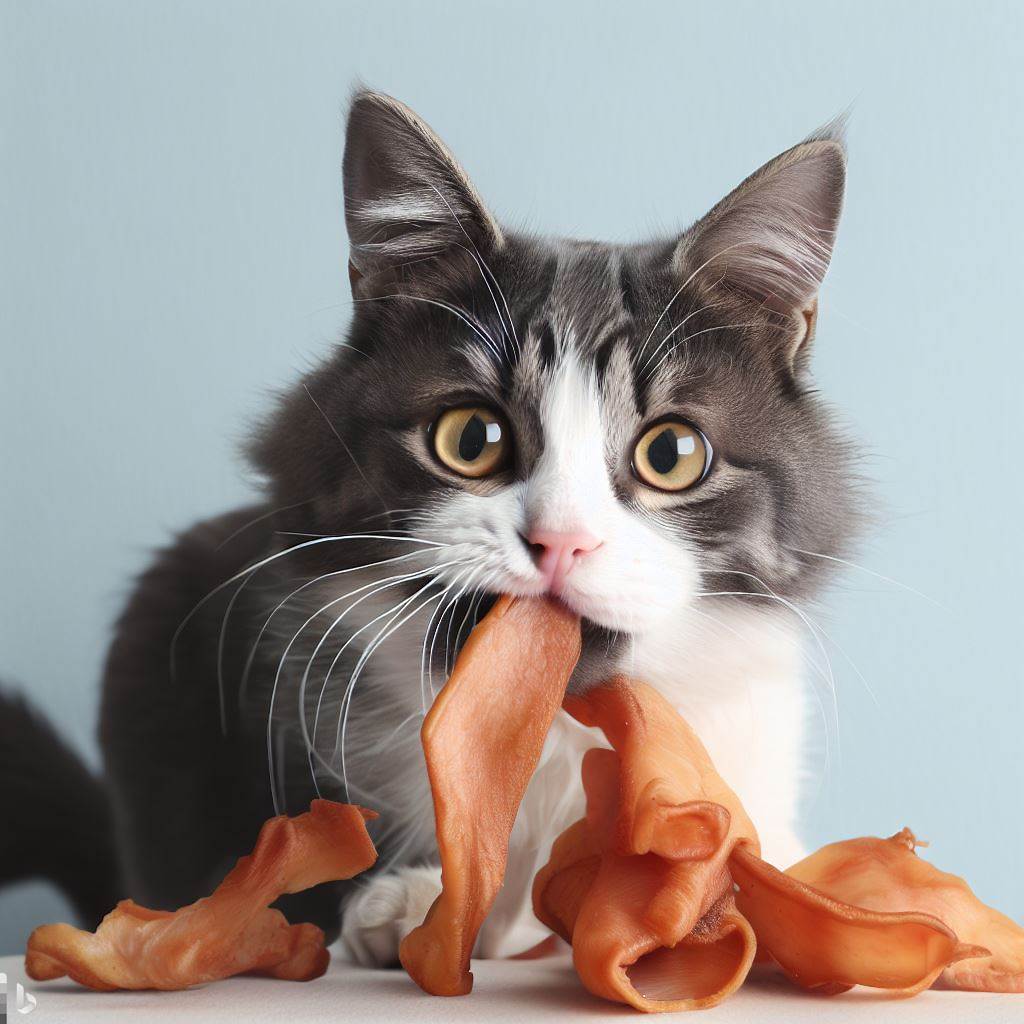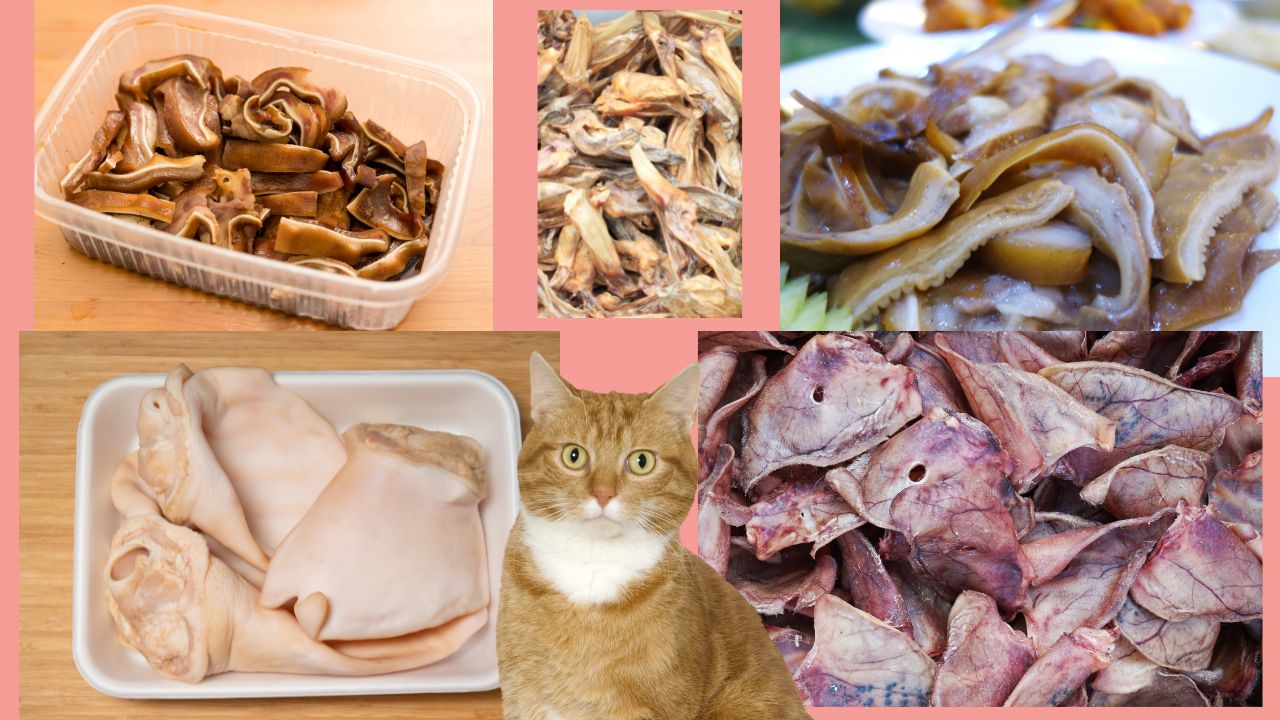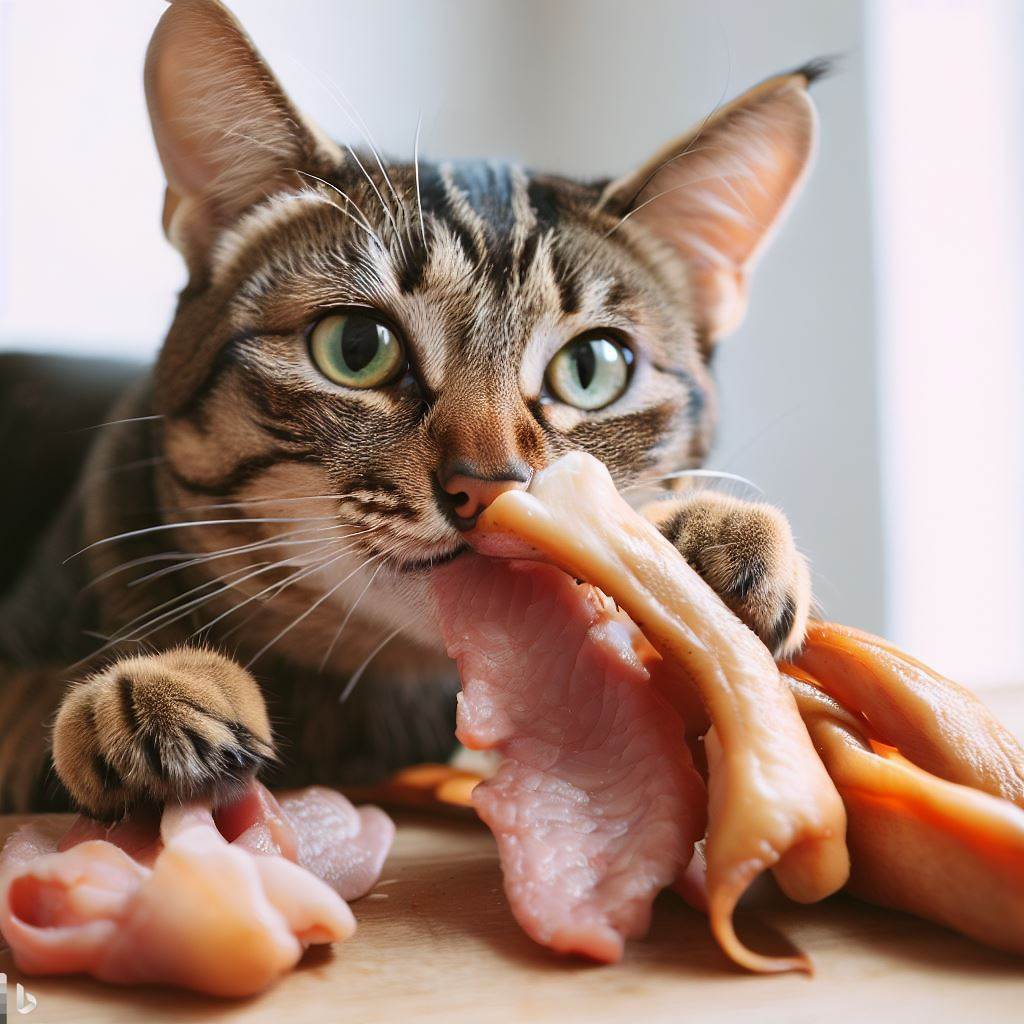
Can cats eat pig ears? It’s a common question – and the answer may surprise you! In this article, we’ll cover everything you need to know about pig ear cat treats, including whether or not they’re safe, what kinds of ingredients are in them, how to prepare them properly, and if they have any side effects on your kitty. Let’s start by discovering what pig ears are and why they make such great cat treats!
Can Cats Eat Pig Ears? Everything You Need to Know
Pig ears are a popular pet treat, but can cats eat pig ears? It’s hard to tell since most pet store employees aren’t veterinarians and don’t understand what will and won’t hurt your cat. Luckily, this article explains the pros and cons of feeding your cat pig ears and other pig ear treats so you can decide for yourself if it’s safe or not.
Yes, but they need to be cooked first.
People always ask me if their cat can eat pig ears, and I have to say no, they can’t. That’s because pig’s ears are raw, meaning they’ve not been cooked. That means your cat would be chewing on raw meat or fat – the latter could get them sick with a condition called toxoplasmosis, a parasite that cats can get from their food and might cause them to be underweight. So if you want to know whether your kitty can eat pig ears (or any animal ear), you must cook them first.

No, they can’t because they are too high in fat.
Cats cannot eat pig ears because the fat content is just too high. As cute as they might look, pet owners must be careful of foods with high-fat content. If a cat overeats this food, he may have an upset stomach, throw up, and experience diarrhea. If you are thinking about buying your cat these snacks for his weight management, you will want to look for other options that are better for him to slim down on his own.
Yes, but only give them one at a time.
Pig ears are generally very low in nutritional value for cats, as they lack protein and taurine. While it’s likely that your cat might have a slight interest in the treats, monitoring them closely to ensure they don’t overeat and spoil their appetite for other nutritious foods is essential. For example, it may be beneficial to only give them one or two at a time and then wait 15-20 minutes before offering more. It’s also important not to provide them with pig ears if they’re sick or recovering from surgery or another medical procedure. This could complicate the healing process or make the animal even more nauseous.
Yes, but only as a treat
Pig ears can be safely fed to cats as a treat, but they should not be a regular part of their diet. Pig ears are generally more brittle than cow or sheep ears, so they can be potentially dangerous if a cat swallows them whole. While some cats might find them tasty, most find them too tough to chew and swallow. In addition, while the pig ear is low in calcium, it also has higher levels of magnesium and phosphorus. This combination may contribute to bladder stones in the cat’s urinary tract.

No, they are too small.
Most cats can’t chew through a pig ear’s tough, brittle skin and cartilage. Cat owners have been known to crush them up in food. This is dangerous for two reasons: First, your kitty could swallow whole pieces without chewing them and choke on them; second, there’s the risk of choking or getting pieces stuck in their mouths. If you want to feed your cat some variety and they enjoy soft treats with not many chewy bits (such as canned meat or wet cat food), try giving them some cream cheese instead of his regular meal. It’s nutritious too.
No, they have no nutritional value.
Pig ears are treats for dogs, but what about cats? Many assume that cats can eat pig ears and that it’s a healthy snack. However, pigs are not natural prey for cats, and since the ears have been dried out, there is no nutritional value left. Feeding your cat pig ears is the equivalent of feeding them nothing but fried bacon grease all day long; fatty animals like bacon provide their nutrients to make up for their lack of vitamins and minerals. As a result, your cat will likely get sick after eating pork-based snacks too often. Ultimately, pig ears can’t be eaten by cats because they don’t provide any nutritional value or necessary sustenance to felines in the way that other meats do.
Why is it wrong for my cat to eat pork?
Pigs contain parasites and bacteria, which can be harmful to your pet. Pork also has much more fat and calories than chicken or beef, the meats you should feed your cat instead. Regarding protein for cats, the best sources are white fish like tilapia and salmon. If you give your cat pork once in a while, ensure it’s fully cooked to destroy any bacteria and parasites that might be present.
How much pork can I feed my cat?
It is not recommended to feed your cat pork, as pigs are often fed a diet of chicken feces. But if you do want to give your kitty the occasional taste of pig ear, follow these three rules:
– Feed them one pig ear once a month at most
– Cut it into tiny pieces, about the size of your pinky nail, and give it to them with their regular cat food
-Cook it before giving it to them as raw pork can be more dangerous for cats than cooked pork

How do I know if she likes it?
Cats are fickle creatures. Not only will they turn their nose up at foods they’ve loved before, but they can also seem to love things they’ve been indifferent to. This applies to just about any food category, with maybe the exception of caviar. You need to know that every cat will be different, and some may or may not enjoy pig ears, for example. So what’s the best way to determine if your cat will like them? You could buy a package of them and offer one at a time so you can see what her reaction is. She might sniff it and then walk away, in which case you’ll know she doesn’t want any.
Common sense tips while feeding your cat pork.
Pork contains a fair amount of fat and protein, which is excellent for cats. However, it also includes purines that can be dangerous for felines with bladder problems. This might be an issue if your kitty has health issues or if you have recently had their urinary tract flushed out by a vet. Pork can also cause pancreatitis in cats, so if your cat has diabetes, it might not want to eat it.
Will pigs affect her regular diet?
Pig ears are not very good for cats. They lack specific proteins and nutrients that cause a cat to have diarrhea, so they’re not worth the risk. Many people try to make this a rare thing by alternating them with other treats, but it’s better if you avoid them altogether. And, like any treatment with more fat than usual, they should only be fed once a week.
Do you have other questions about pig’s ears or feeding your kitty? Let us know in the comments below!

My pet store sells dried pig ears. Are they ok for my cat?
Pig ears are intended as dog treats, but could your cat eat pig ears? It turns out that some vets and even pet owners believe they are safe cat treats. However, other vets warn that you should never feed your cat pig ears because they could get sick or even die from the treatment. To be safe, it’s best to avoid pig ear cat treats altogether, no matter how much you want to give them to your cat. Read this article to learn more about whether your cat can eat pig ears and why you should avoid giving them to them in any case.
conclusion
The answer is yes, but it may not be the best idea. There are many health benefits associated with raw pig ears but also some drawbacks. For example, pig ears are high in phosphorus, calcium, and sodium, which can strain your pet’s kidney and liver. They also have a lot of fat which can lead to pancreatitis (a pancreas disorder that affects digestion). There is an alternative for those interested in their cat’s teeth- canned pig ears! These varieties lack most of the harmful nutrients and fat, making them a much healthier option for pets. But before you rush out and buy them, read the ingredients because some companies use sugar in these cans!

